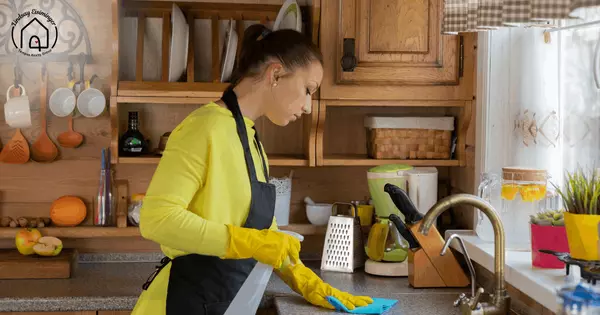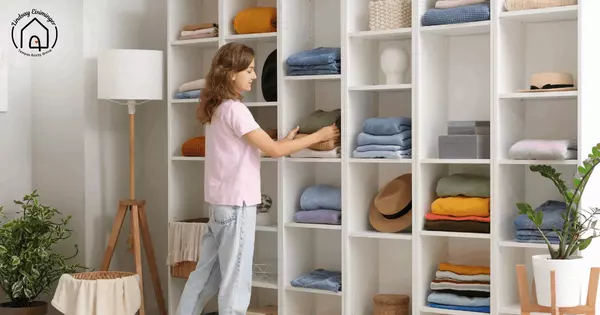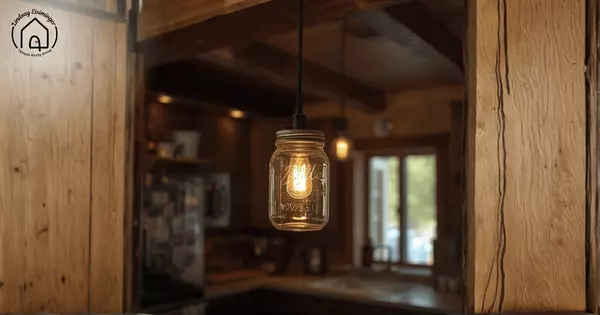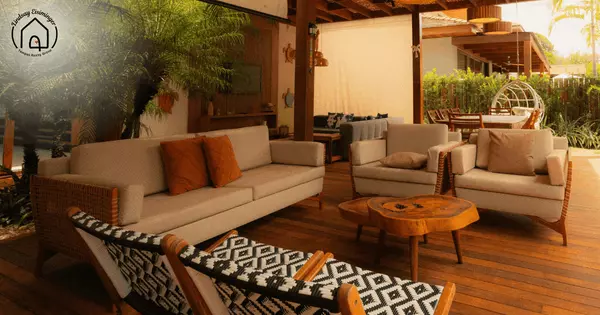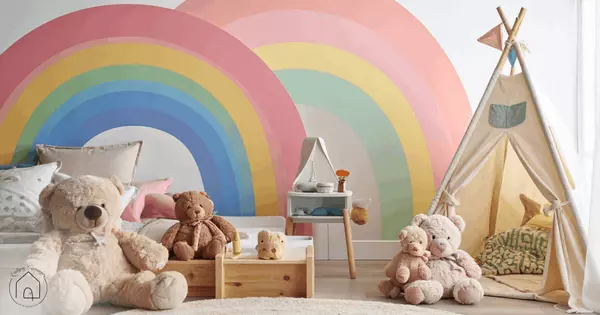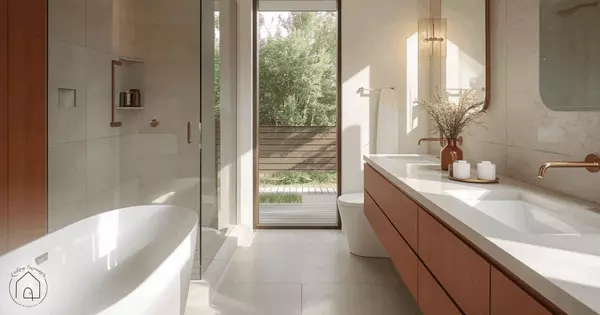What Buyers Look at First During a Home Tour
When buyers step into a home for the first time, their impression forms quickly. Often within seconds, they decide whether the space feels welcoming, clean, and worth exploring further. That’s why the entryway matters so much—it’s the first thing they see. A tidy front porch, swept walkway, and clean doormat set the tone. As they walk in, buyers will immediately notice smells, lighting, and temperature. A space that feels too dark, too cold, or has a strong odor can push them away. Clutter is another common issue, as it distracts from the home’s features. Buyers want to imagine themselves living there, not feel like they’re intruding on someone else’s space. Simple touches like open blinds and fresh air can make a big difference. A clean, neutral palette also helps buyers focus on the home rather than the decor. First impressions matter, and sellers only get one chance to make the right one.
The next thing buyers tend to notice is the layout. They’re thinking about how furniture might fit, how they would move through the space, and whether the floor plan feels right for their needs. If a space feels awkward or disconnected, it’s harder to get excited. Rooms that are too small, too dark, or too closed off can create hesitation. On the other hand, a clean and open layout invites the imagination. Buyers also pay attention to the flow between rooms, especially in key areas like the kitchen, living room, and dining space. The way a home is arranged can make it feel larger or more limited. Wide walkways, uncluttered hallways, and furniture that doesn’t block movement help a home feel functional. If buyers can easily picture their own routines in the space, that’s a positive sign. Even a smaller home can feel spacious with the right layout and staging choices. Good flow can make a home feel much more livable.
Kitchens and bathrooms usually get special attention. Buyers often head straight to the kitchen, where they look at counter space, storage, and appliance quality. It doesn’t need to be new or fancy, but it should be clean and well-maintained. The same goes for bathrooms—buyers don’t want to see grime, cluttered counters, or signs of poor upkeep. A few updates, like fresh caulk or polished fixtures, can go a long way. These spaces are high-traffic and high-use, so their condition says a lot about how the home has been cared for. Buyers also check for natural light, working fans, and signs of water damage. If a bathroom smells musty or a kitchen feels cramped, it can change the whole impression. Staging these rooms with simple touches like fresh towels or a bowl of fruit adds warmth. Don’t overlook the power of a spotless kitchen and bathroom—they often tip the scale.
Lastly, buyers take in the general upkeep of the home. They’ll notice chipped paint, squeaky doors, or loose handles. These small things can add up and make the home feel less move-in ready. On the flip side, signs of care and maintenance give buyers confidence. They may also look at windows, baseboards, and flooring to see if repairs might be needed soon. Outdoor spaces also leave a mark—an overgrown yard or broken fence may stick in their mind. Buyers want to feel like the home has been looked after, even if it’s older. This doesn’t mean a complete renovation is needed, but attention to detail matters. Small repairs, deep cleaning, and freshening up key areas can help buyers feel at ease. In the end, buyers remember how a home made them feel—and that feeling often starts with what they see first.
Categories
Recent Posts
